swizzle
Well-Known Member
Whoa, Those are sweet as hell. They look like candy. Very awesome bottles and color. I love it. Swiz
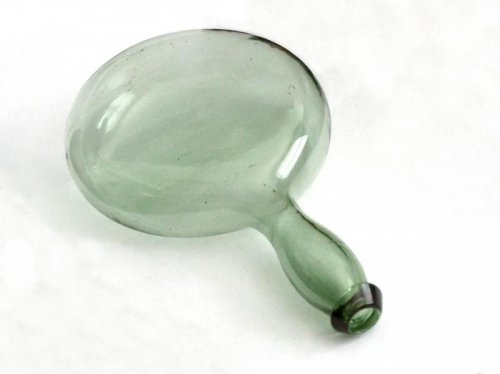
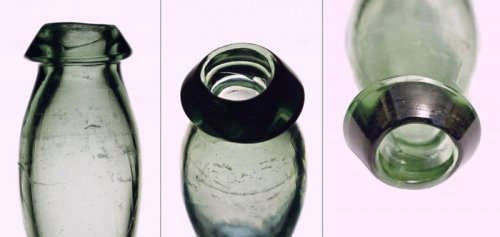
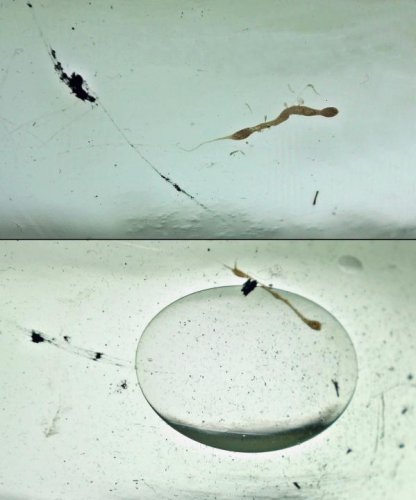 The bottle (10") is most likely non utilitarian, there is no signs of wear or use, most likely a whimsy / show piece. The only Continental bottle that comes close in shape is the Riga Balsam hip flask, but is thicker walled and has different finishes.
The bottle (10") is most likely non utilitarian, there is no signs of wear or use, most likely a whimsy / show piece. The only Continental bottle that comes close in shape is the Riga Balsam hip flask, but is thicker walled and has different finishes.Again gall in the pontil of the utility bottle.

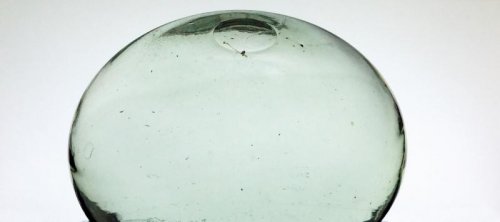
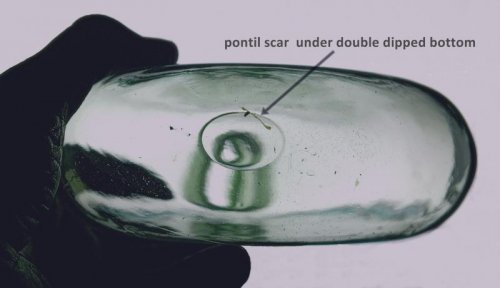
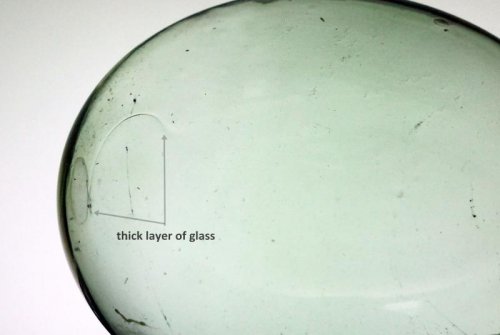
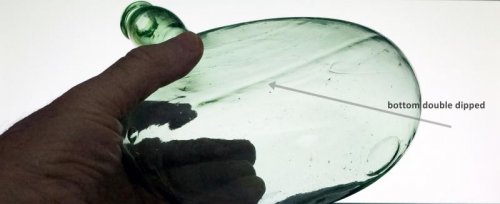
Yes, the bottle was found in Maine app. 12 years ago.
What I first thought was a large bubble on the bottom
View attachment 168522
Now I believe it is a polished rough pontil scar that was enclosed in glass by (German connection) the double dipping
of the bottom section. The gl. thickness is double the top part of the main body. There is a thick ripple of gl. that happened during the double dipping as shown below
View attachment 168525